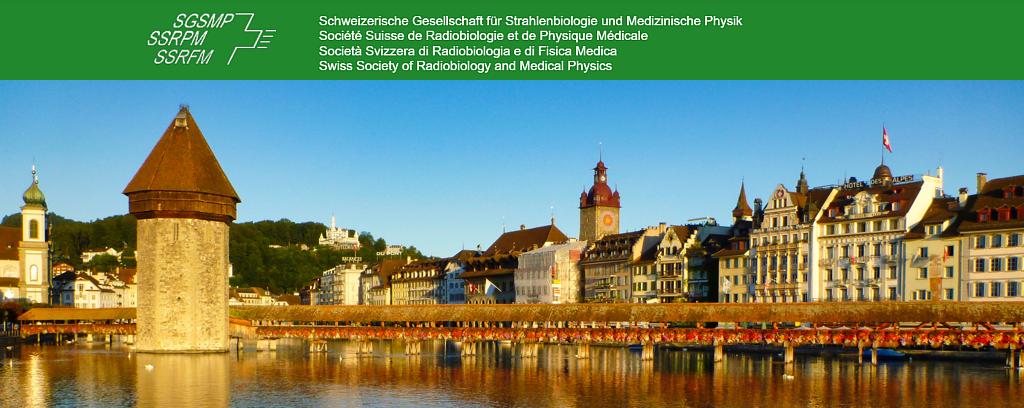Speaker
Description
Purpose:
Particle therapy has shown clinical advantages over conventional radiation therapy, particularly for head and neck cancer and pediatric brain cancer treatment. However, limited availability is mainly due to high costs and facility size. Our goal is to design a more compact and cost-effective multi-room particle therapy facility using a cyclotron-based proton therapy approach.
Methods:
Our method involves a rotating beamline without a gantry. The cyclotron is placed underground, and protons are guided to treatment rooms on the upper floor. Patients are treated in an upright position and rotated in front of a static treatment beam. The beamline can rotate 360 degrees in both directions. We used Monte Carlo simulations to calculate treatment beam characteristics.
Results:
Our results show that a single-room proton facility can fit within an existing LINAC vault, and a 4-room facility can be housed within a tennis court area at a lower investment cost of around US$15-20 million. The rotating beamline design allows easy expansion to 12 treatment rooms without any major modifications. Monte Carlo simulations demonstrate that our beamline can transport full momentum spread, enabling broadened Bragg peaks and high dose rates for short field delivery times (5-10 sec), even for large tumors.
Conclusion:
In conclusion, we have developed a compact, cost-effective, and high-performance beamline for a cyclotron-based proton therapy facility. This design could increase patient access to particle therapy, treating moving targets and accommodating various indications at a reduced cost compared to traditional radiation therapy.

